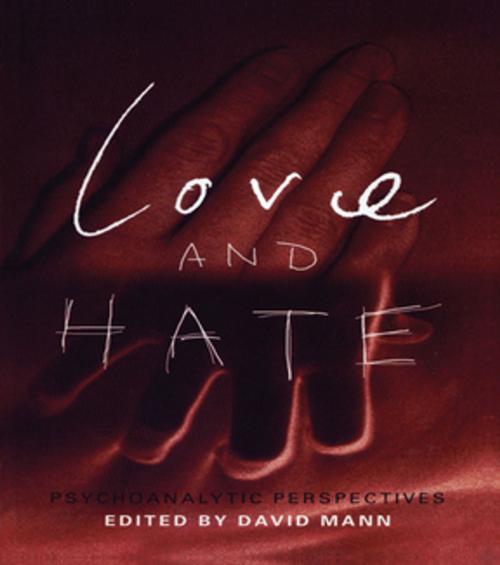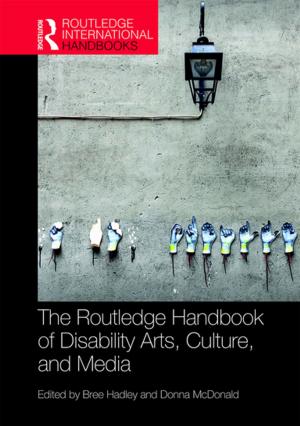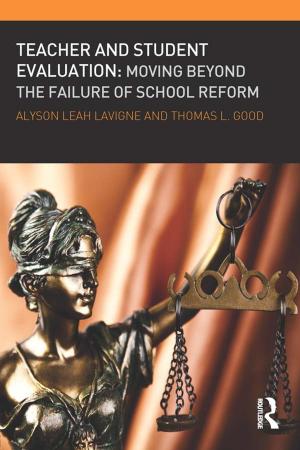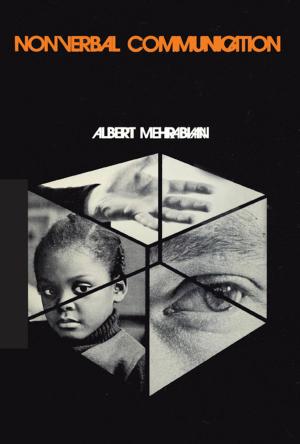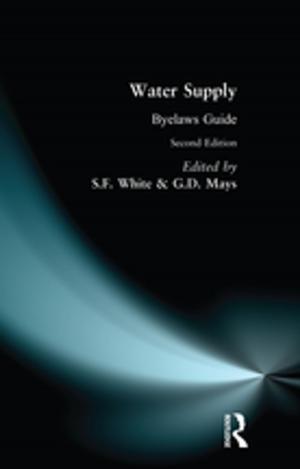Love and Hate
Psychoanalytic Perspectives
Nonfiction, Health & Well Being, Psychology, Psychoanalysis, Emotions, Mental Health| Author: | ISBN: | 9781317763062 | |
| Publisher: | Taylor and Francis | Publication: | November 12, 2013 |
| Imprint: | Routledge | Language: | English |
| Author: | |
| ISBN: | 9781317763062 |
| Publisher: | Taylor and Francis |
| Publication: | November 12, 2013 |
| Imprint: | Routledge |
| Language: | English |
Love and hate seem to be the dominant emotions that make the world go round and are a central theme in psychotherapy. Love and Hate seeks to answer some important questions about these all consuming passions. Many patients seeking psychotherapy feel unlovable or full of rage and hate. What is it that interferes with the capacity to experience love? This book explores the origins of love and hate from infancy and how they develop through the life cycle. It brings together contemporary views about clinical practice on how psychotherapists and analysts work with and think about love and hate in the transference and countertransference and explores how different schools of thought deal with the subject. David Mann, together with an impressive array of international contributors represent a broad spectrum of psychoanalytic perspectives, including Kleinian, Jungian, Independent Group, and Lacanian, psychotherapists, psychoanalysts and analytical psychologists.
With emphasis on clinical illustration throughout, the writers show how different psychoanalytic schools think about and clinically work with the experience and passions of love and hate. It will be invaluable to practitioners and students of psychotherapy, psychoanalysis, analytical psychology and counselling.
Love and hate seem to be the dominant emotions that make the world go round and are a central theme in psychotherapy. Love and Hate seeks to answer some important questions about these all consuming passions. Many patients seeking psychotherapy feel unlovable or full of rage and hate. What is it that interferes with the capacity to experience love? This book explores the origins of love and hate from infancy and how they develop through the life cycle. It brings together contemporary views about clinical practice on how psychotherapists and analysts work with and think about love and hate in the transference and countertransference and explores how different schools of thought deal with the subject. David Mann, together with an impressive array of international contributors represent a broad spectrum of psychoanalytic perspectives, including Kleinian, Jungian, Independent Group, and Lacanian, psychotherapists, psychoanalysts and analytical psychologists.
With emphasis on clinical illustration throughout, the writers show how different psychoanalytic schools think about and clinically work with the experience and passions of love and hate. It will be invaluable to practitioners and students of psychotherapy, psychoanalysis, analytical psychology and counselling.
